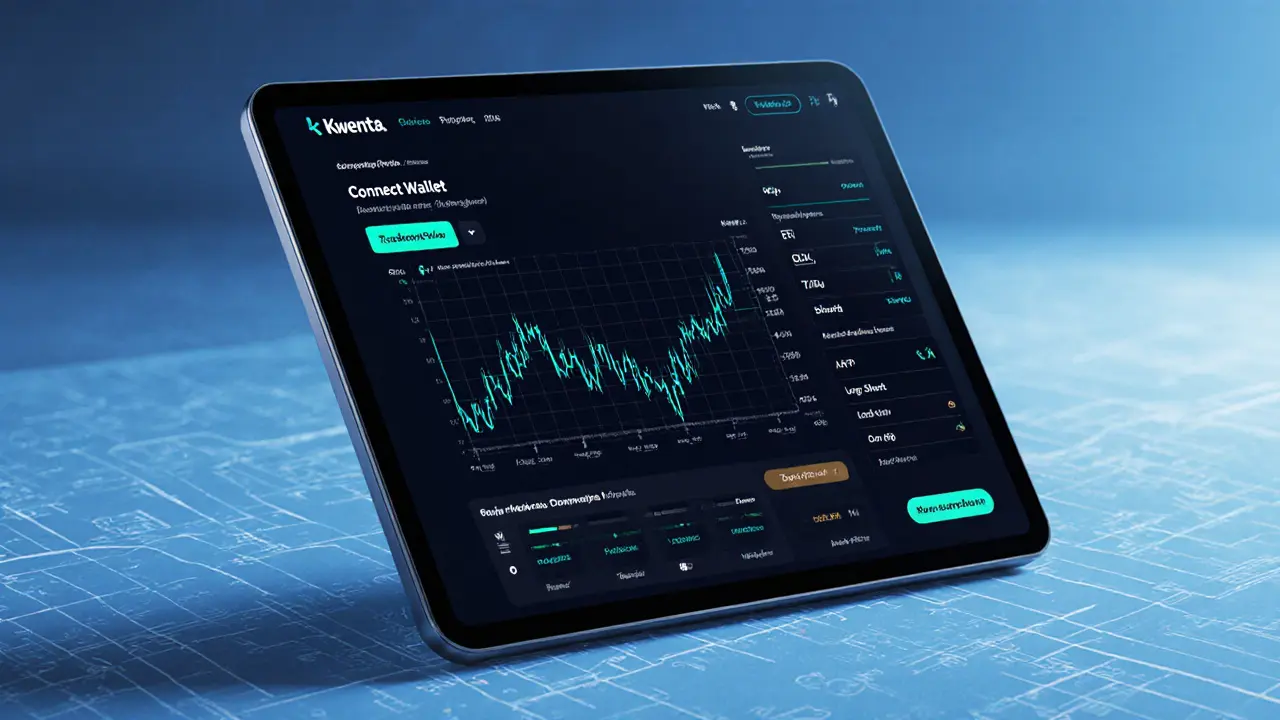Crypto Derivatives: What They Are and Why They Matter
When you hear crypto derivatives, financial contracts whose value is linked to the price of a cryptocurrency. Also known as digital derivatives, they let traders bet on price moves without owning the underlying coin.
One of the most common forms is a futures contract, an agreement to buy or sell a crypto at a set price on a future date. Futures give you a clear entry and exit point, and they’re a core tool for price discovery across markets. Another staple is an options contract, a right, but not an obligation, to trade a crypto at a predetermined strike price before expiration. Options let you limit risk while still participating in upside moves.
Key Types of Crypto Derivatives
Beyond futures and options, the space includes perpetual swaps, a hybrid that mimics futures but never expires. Traders pay or receive funding fees every few hours to keep the contract price aligned with the spot market. Perpetual swaps are popular on platforms that support high‑leverage trading, so you’ll often see leverage ratios like 50x or 100x listed alongside them.
Leverage trading itself is a broader concept: it lets you open a larger position than your account balance would normally allow. While leverage can amplify gains, it also magnifies losses, so margin requirements and liquidation rules become crucial. Most exchanges enforce a maintenance margin, meaning you must keep a minimum equity level or face forced liquidation.
Margin trading is closely tied to leverage because you borrow assets to increase your exposure. In crypto markets, margin is usually posted in the same asset you’re trading, which simplifies the process but adds risk if the asset’s price crashes.
All these derivatives share a common goal: to provide tools for hedging, speculation, and arbitrage. Hedgers—like miners who want to lock in future revenue—use futures to smooth cash flow. Speculators chase price swings, often using options for asymmetric risk/reward. Arbitrageurs jump between spot and derivative prices to capture small gaps, keeping markets efficient.
Building a solid derivative strategy requires three things: a reliable exchange, a clear risk‑management plan, and an understanding of contract specifications. Exchanges differ in fee structures, settlement cycles, and funding mechanisms, so you’ll want to compare features before committing. For example, some platforms settle futures in cash (USDT), while others settle in the underlying crypto (BTC). That choice impacts how you manage tax reporting and position sizing.
Risk management is where the rubber meets the road. Setting stop‑loss orders, monitoring margin ratios, and keeping an eye on funding rates are daily habits for successful derivative traders. It’s also wise to keep a portion of your portfolio in non‑leveraged assets to cushion potential drawdowns.
In practice, a trader might use a layered approach: hold a Bitcoin spot position, hedge part of it with a short futures contract, and buy a call option to capture upside beyond a certain price. This multi‑instrument setup lets you fine‑tune exposure while keeping capital efficient.
The collection below reflects these ideas. You’ll find guides that break down how futures work, why options can protect your portfolio, and what perpetual swaps mean for high‑leverage traders. There are also posts on practical topics like exchange reviews, tax considerations, and security tips—all essential pieces of the derivative puzzle.
Ready to dig deeper? Below you’ll discover practical insights, real‑world examples, and step‑by‑step walkthroughs that will help you navigate the world of crypto derivatives with confidence.

Kwenta Crypto Exchange Review - Decentralized Derivatives Platform Overview
A comprehensive review of Kwenta, the decentralized derivatives exchange built on Synthetix, covering how it works, fees, token outlook, and how it stacks up against competitors.
